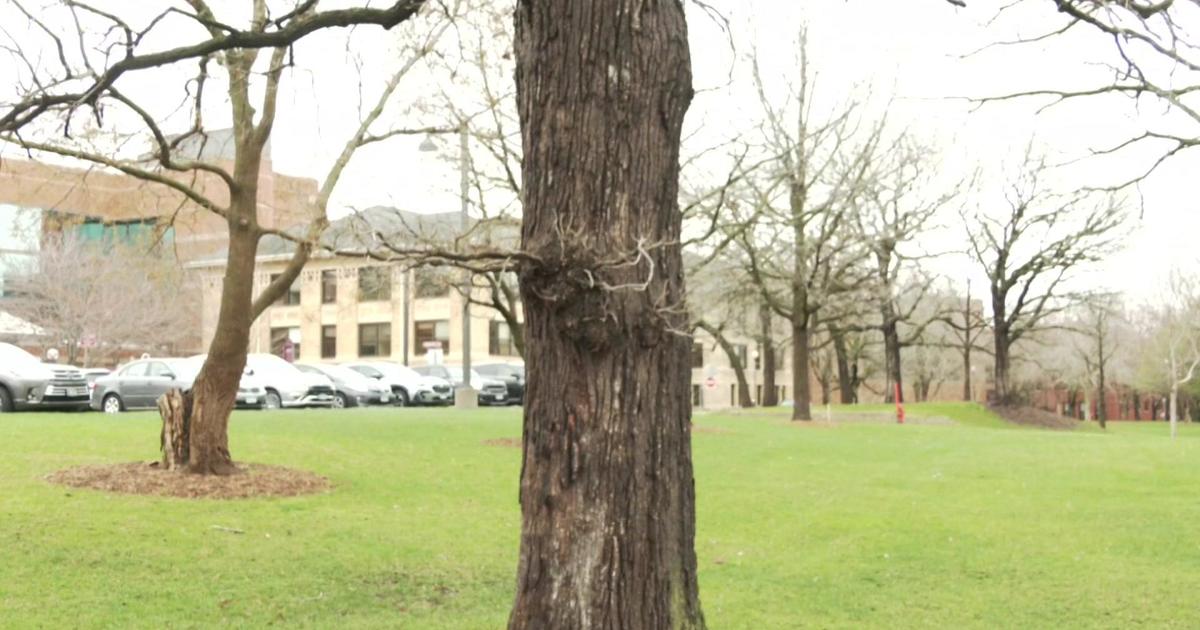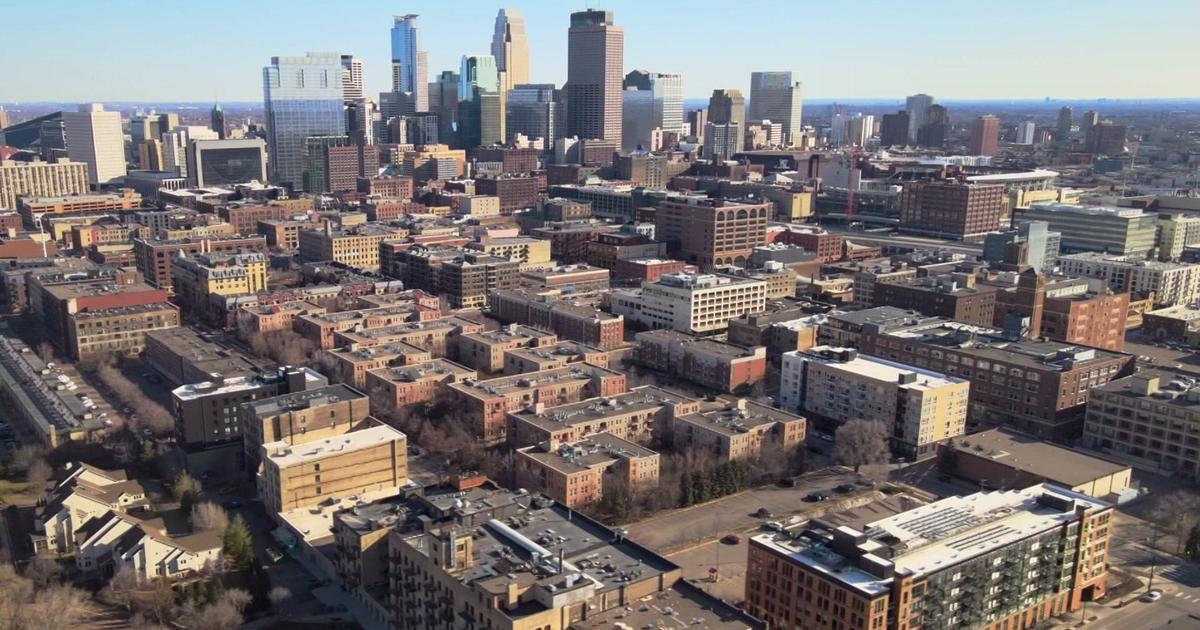Technology Makes Flood Forecasting Easier Than Ever
MINNEAPOLIS (WCCO) - The above-average snow totals for the winter and spring could spell disaster for some cities in Minnesota at risk for flooding.
On Friday, volunteers in Fargo were already filling sandbags to prepare. The volunteer hub reopened after a new flood outlook showed a possibility of a record flood this year.
They're hoping to fill 1.8 million bags by Tuesday - enough to protect to a level of 43 feet.
Assessing the amount of flooding across Minnesota is something meteorologists track year-round. The National Weather Service (NWS) and the U.S. Geological Survey are able to monitor water levels in rivers and lakes down to the very centimeter at every hour.
That is good news for this year, as they want to keep an eye particularly on cities in the Red River Valley and down south along the Mississippi River.
But according to NWS meteorologist Chris Franks, today's technology is so user-friendly that anyone can keep an eye where a river could flood.
"We have some on the Minnesota River, a lot on the Mississippi River. It's good these are all green right now," Franks said.
The dozens of gauges in metro lakes and rivers show green, which means there's no flooding at the moment. But it's a different story in far western Minnesota.
"They're in a little bit worse condition up there in terms of a flooding outlook," he said.
But how meteorologists know what areas are at risk is a tedious process. It starts by measuring rain and snowfall totals to calculate runoff.
"Once it gets into the river then it's a simple matter of reading our river gauges," he said. "We have hundreds of river gauges across the country. Even in this region, dozens on the Minnesota River, on the Mississippi, the Red River."
The gauges read height and flow of the water and transmit that information back to the National Weather Service office in Chanhassen. That's where the modeling begins.
Meteorologists compile the data collected from the river gauges and code them onto a map that shows the lowest amount of risk for flooding in green, and major flooding in purple.
All together, the year-round process of assessing flooding risks and tracking flooding is a combination of observation, technology and modeling.
"It's gathering all the reports, quality controlling all those reports and then getting it into our hydrologic models," he said. "So it's very involved, it can be time consuming."
A spokesperson from the Minnesota National Guard says they work directly with the NWS and use the coded models to help them know where they need to start their preps for flooding.
They've already pinpointed where they'll be most needed this season.
The NWS encourages people to call in with their observations of local rivers and lakes, especially smaller boundaries of water where they might not have a gauge in place.
Click here to see up-to-date flood models across the state.



